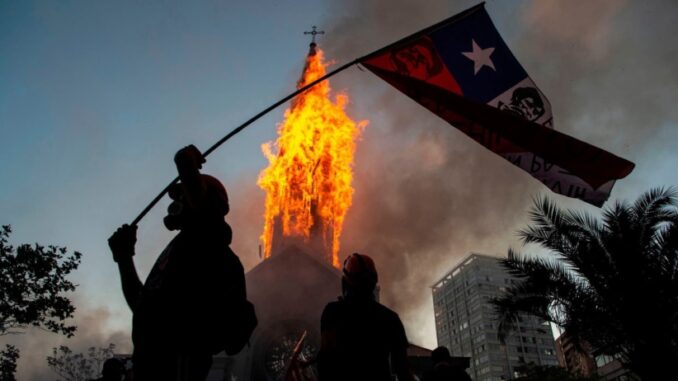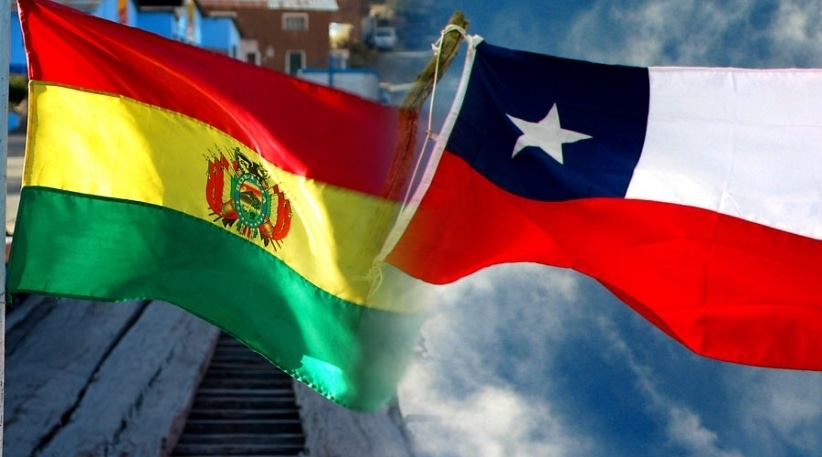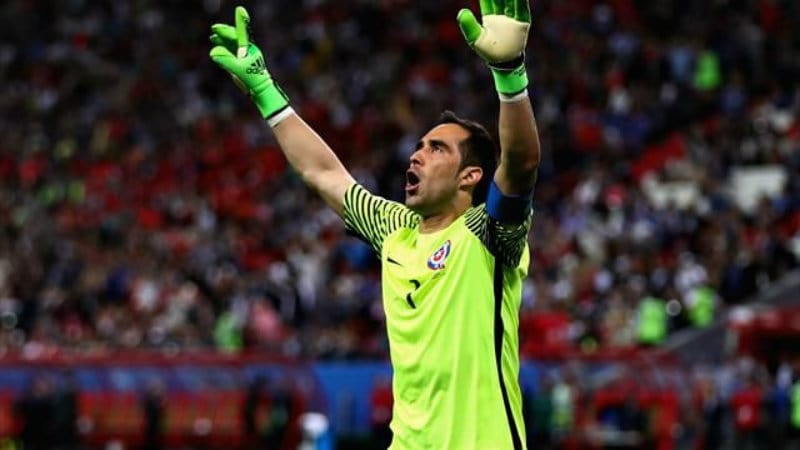
Tens of thousands of Chileans gathered in the central square of Santiago, Plaza Italia, renamed Plaza Dignidad, to mark the one-year anniversary of mass protests that leftover 30 dead and thousands injured, with peaceful rallies on Sunday turning by nightfall into riots and looting.
People gathered early in the day in demonstrations downtown and in cities throughout Chile that gained size and fervor through the evening. Many touted signs and rainbow colored homemade banners calling for a “yes” vote next Sunday in a referendum over whether to scrap the country’s dictatorship-era Constitution, a key demand of the 2019 protests.
The demonstrations, while largely peaceful early on, were marred by increasing incidents of violence, looting of supermarkets and clashes with police across the capital later in the day. Fire truck sirens, burning barricades on roadways and fireworks on downtown streets added to a sense of chaos in some neighborhoods.
Interior Minister Victor Perez spoke late in the evening, praising the early, peaceful rallies while blasting the late-night mayhem. He called on Chileans to settle their differences by voting in the upcoming Oct. 25 constitutional referendum.
“Those who carry out these acts of violence do not want Chileans to solve our problems through democratic means,” Perez told reporters, vowing to punish those who crossed the line on Sunday.
Early in the day, an angry mob jeered and threatened a Communist Party mayor. Later, masked individuals firebombed a police headquarters and church. Vandals attacked another Santiago church in the early evening, setting its spire aflame and choking side streets with smoke.
More than 15 metro stations were temporarily closed amid the unrest. Police fired tear gas and water cannons in skirmishes with sometimes violent, hooded and masked people.
Last year’s protests, which began Oct. 18, raged until mid-December as Chileans gathered nationwide to call for reforms to the pension, healthcare and education systems. Rioting and looting resulted in billions of dollars in damage and losses to the country’s businesses and infrastructure. The unrest saw the military take to the streets for the first time since the rule of dictator Augusto Pinochet.
Police estimated that Sunday’s rally in Santiago attracted around 50,000 people by 6 p.m., far smaller than the largest protests of 2019.
In the past few days, small-scale demonstrations and isolated incidents of violence have nonetheless resurfaced in Chile, as the capital’s 6 million citizens emerge from months of confinement following the COVID-19 pandemic.
Most demonstrators on Sunday wore masks, but many could be seen in tight groups, raising concerns about a potential health risk.



